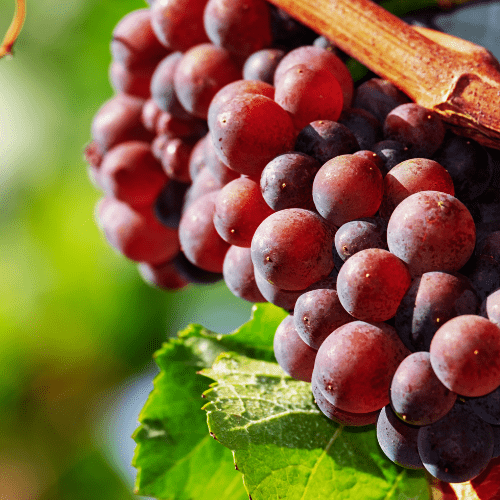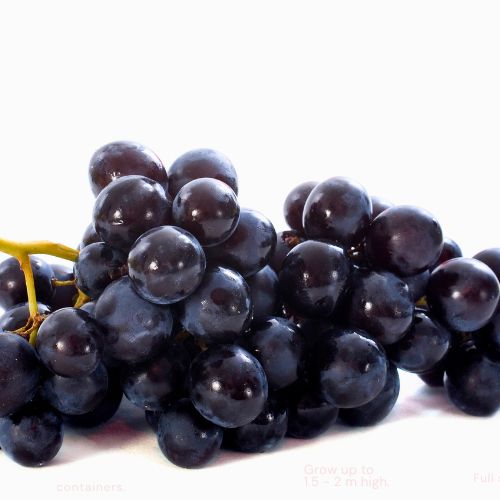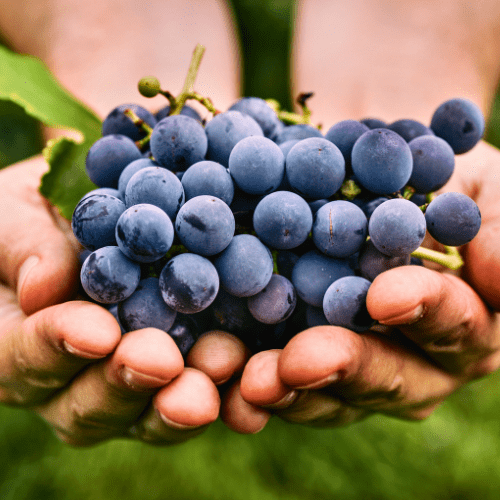Position
They prefer full sun and require at least 6-8 hours of direct sunlight each day for optimal fruit production.
Soil
Well-drained soil is essential. Sandy loam or loamy soil is ideal. Avoid heavy clay or overly compacted soil. A slightly acidic to neutral pH (around 6.0 to 7.0) is preferable.
Watering
Keep the soil consistently moist, especially during the growing season.
Mulch
Apply organic mulch to your nectarine tree all year round.
Use from 2 to 5 centimetres of pine bark mulch to protect the roots from UV damage and drying out. It retains moisture, and maintains an optimal pH. Do not let the mulch touch the plant stem, as it may cause infection or rot.
Fertilising
Apply our slow-release all-plant fertiliser. Apply 1 teaspoon every 4-5 months. The roots will absorb what they need.
Alternatively, apply a balanced fertiliser (such as 10-10-10) in early spring before new growth begins. Thereafter fertilise annually in early spring.
Pruning
Prune in late winter or early spring before new growth starts. Remove dead or diseased wood and thin out crowded areas to promote airflow and fruiting. Aim for a balanced structure that encourages healthy growth.
Pest and Disease Management
Watch for aphids, spider mites, and grape berry moths.
Treat promptly or preferably use preventative measures by spray with agricultural Neem Oil or Effective Microorganisms (EM Control)
Be vigilant for fungal issues like powdery mildew and black rot. Good air circulation and proper watering practices can help minimize these risks.
Harvesting
Red Globe grapes ripen in late summer to early Autumn, around February to March depending on the climate.
Harvest when the grapes are fully coloured and sweet. When ripe, they should detach easily from the vine.






